The making of a Swiss footwear multinational
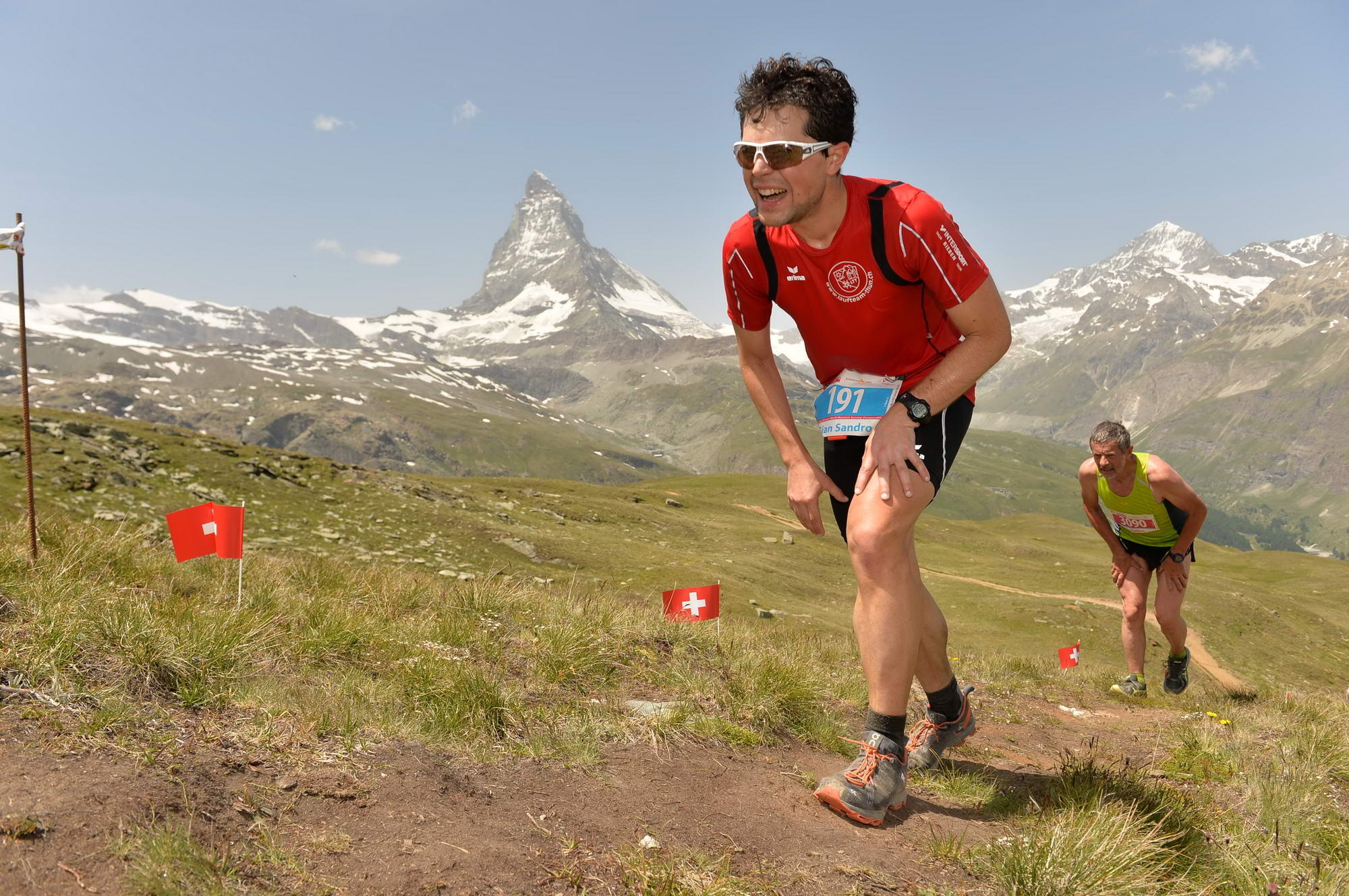
To catch up with Casper Coppetti, your best bet is running along the Limmat river in Zurich, hiking in eastern Switzerland or on a plane to São Paulo or Tokyo. The co-founder of the fast-growing Swiss footwear brand On is always on the move, trying to keep the pace in a tough industry.
There’s no reception desk and no annual reports on display when you arrive at On’s main office in Zurich. Behind the open office plan, damp towels hang on several dozen steel lockers, making it feel more like a locker room than the headquarters of a fast-growing global company.
Being a runner is not a requirement to work at On, but it’s hard not to catch the running bug when client meetings or management discussions often take place on a jog along the Limmat river or a cycling ride up a nearby mountain.
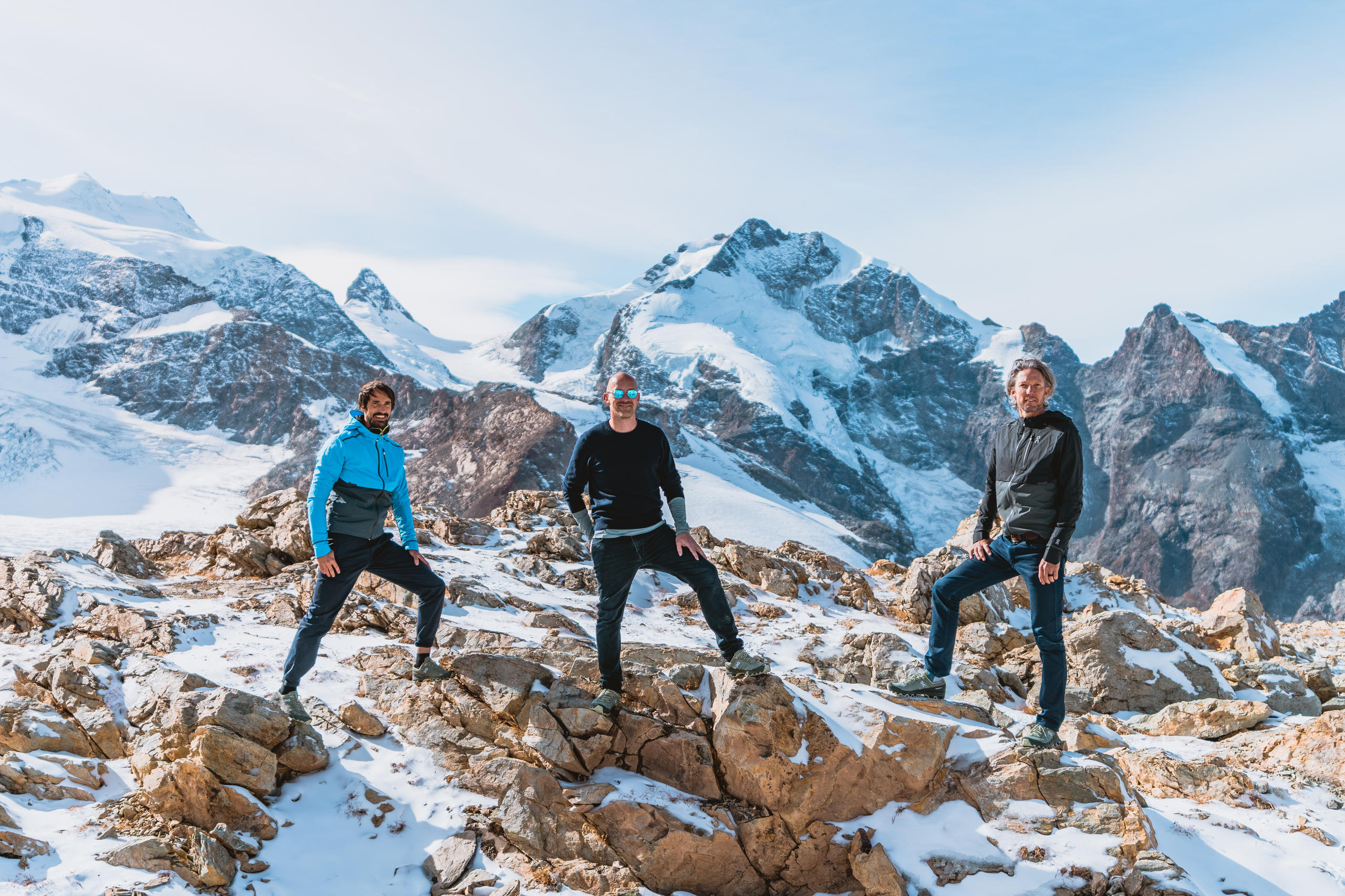
Since its early days as a Zurich start-up, On has emerged as a formidable force in an industry dominated for decades by a small number of big players like Nike, Adidas and Asics.
Although the company shed its start-up status more than seven years ago, Coppetti shrugs off the “multinational” label as if it were a bad word.
“We are a multinational in the good sense of the term,” he says.
With a workforce of 48 nationalities and subsidiaries in the United States, Brazil, Japan, Australia, Germany and, most recently, China, the company fits the image, if not the definition, of a multinational. But Coppetti says his business plans to do things differently from other companies by staying focused on quality, getting to know suppliers, and staying true to its Swiss roots.
About On
Founded: Zurich in 2010. The company was started by three friends – Casper Coppetti, David Allemann and former professional athlete Olivier Bernhard.
Employees: 400. As a comparison, Nike has over 76,700 and Adidas around 57,000 employees.
Offices: Headquarters and R&D in Zurich. 6 other offices around the world.
Growth: On began as a premium brand for serious runners but has gained a dedicated following among nurses, casual walkers and trend-setting youth. Although it is not a household name outside Europe, more than 4,000 stores in over 50 countries sell On shoes worldwide.
The company now holds 40% of the running shoe market in Switzerland and 10% in Germany. The company doesn’t share revenue details but says it has doubled in size every year. The average price is CHF190-270 ($195-278) per pair.
Swiss roots
Switzerland doesn’t have a rich tradition of making running shoes. But Coppetti and his fellow founders, Olivier Bernhard and David Allemann, knew they were on to something when, in 2010, they patented a cushioning technologyExternal link developed at the Federal Institute of Technology ETH Zurich.
The company’s “Swissness” has become one of the key selling points for the shoes, each of which sold abroad is adorned with a small Swiss flag as a stamp of quality and performance, explains Coppetti. Every model is tested in the Alps in the Engadin region of eastern Switzerland, where the company recently built a new zero-waste mountain hutExternal link as a nod to its Swiss heritage.
Despite the global feel of the office, the management style is also very Swiss. There is no CEO or single figurehead founder. Instead, there are three founders who are deeply involved in the day-to-day workings of the company.
Decision-making is bottom up, inspired by Swiss direct democratic principles. Coppetti grew up in a part of Switzerland where people still vote by raising hands and any ordinary citizen can call for changes to laws. Colleagues at On are encouraged to share their ideas and solutions regardless of whether they are an intern or one of the founders according to Coppetti.
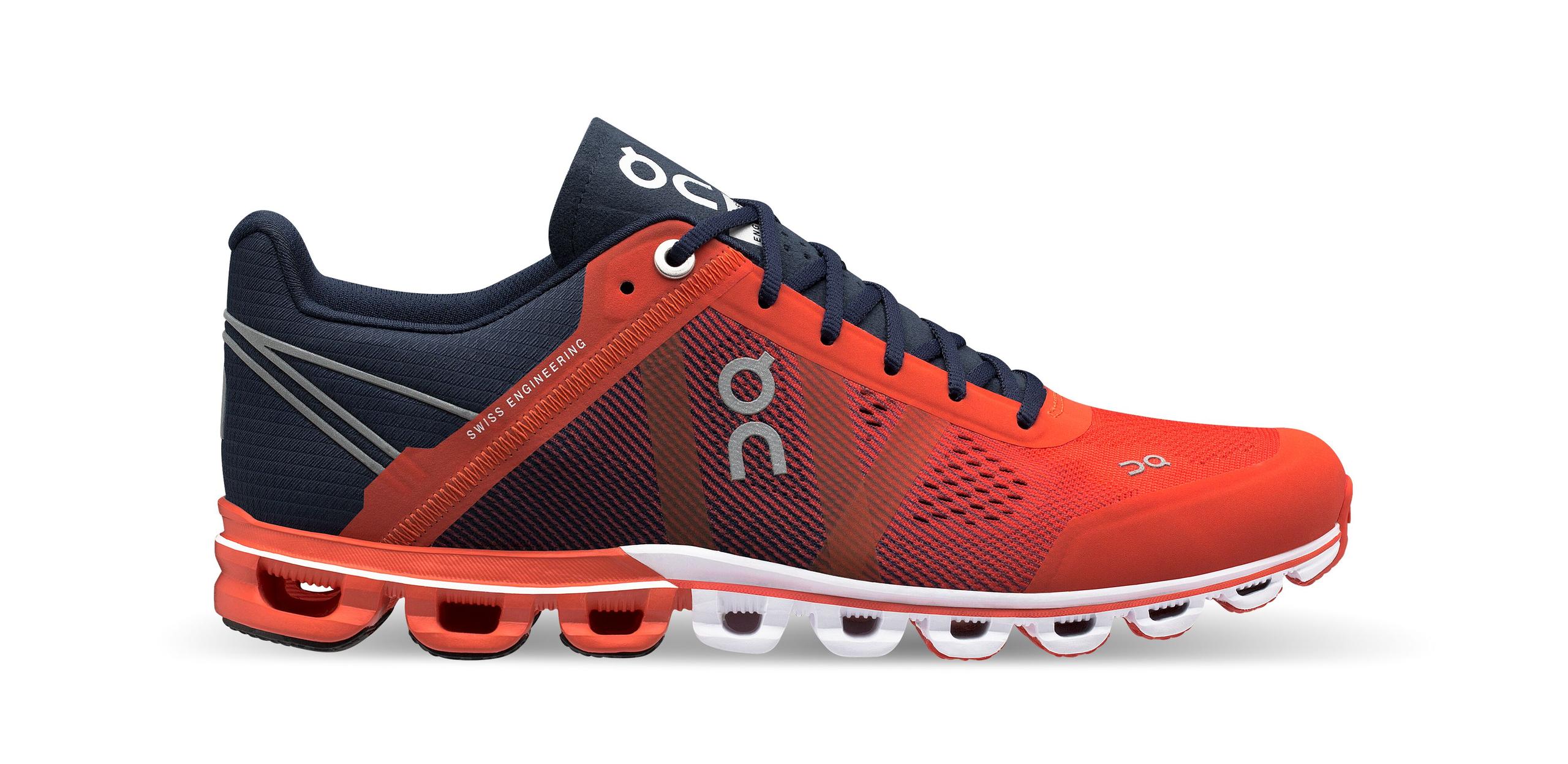
Being based in Switzerland also has its frustrations. Switzerland’s work restrictions on non-EU nationalsExternal link has become a thorn in the company’s side, says Coppetti. There are more than 60 open positions advertised on the company’s website and Coppetti forecasts that On will quadruple its Zurich-based staff in the next few years, when they move into their new 1,100 square-metre-office.
But filling those jobs won’t be easy, he predicts, due to quotas on how many workers from outside the European Union may enter Switzerland.
“The current laws are an absolute disgrace and shame and completely go in the wrong direction,” Coppetti argues. The company has had trouble securing permits even for top-level managers from the US to come to Zurich, he says.
Picking up the pace
Multinational footwear companies have faced reputation problems, something which On hopes to avoid. In the 1990s, child labour and exploitative work conditions in footwear factories brought the issues of cheap outsourcing to Asia and contract manufacturing into the spotlight.
Nike, in particular, suffered a blow to its image that led to a major overhaulExternal link of the way the company monitors factory working conditions. In the aftermath, it and other big players in the athletic shoe market have been increasing transparency and working with a smaller setExternal link of suppliers.
Footwear manufacturing in Vietnam
Vietnam is the third-largest producerExternal link (5.4%) of footwear in the world behind India (10.7%) and China (55.8%). As production costs rise in China and trade tensions flare with the US, more footwear companies including Nike and Adidas are moving their manufacturing to VietnamExternal link. A recently signed free trade agreement with the European UnionExternal link is also expected to help boost production in the country.
The industry is responsible for 1.5 million jobs in Vietnam, which are increasingly becoming more technical, skilled jobs. The country has recently strengthened its labour laws, including raising the minimum wage. But Vietnamese manufacturing still has its share of issues, according to Annnabel Meurs of the FairWear FoundationExternal link.
She says the biggest challenges are excessive overtime demands and collective bargaining. There is a lack of independent worker representation, since the country’s only recognised trade union is linked to the Communist party. However, under the new free trade agreement with Europe, the Vietnamese government has committed to making changes in this area.
As On grows, it faces some of the same questions about scaling manufacturing that have plagued peers, but it has the luxury of learning from their mistakes.
On is clear that its shoes are not “made in Switzerland”, although Coppetti doesn’t dismiss the possibility of Swiss-based manufacturing in the future. Like nearly all footwear producers, the company relies on contract manufacturers. They are located largely in Vietnam, where On works with three such contractors.
Annabel Meurs coordinates assessment work in Vietnam for the FairWear FoundationExternal link. She says that to ensure responsible sourcing of footwear made in the country, a company should know every location where production takes place and all of the steps involved in finishing the product.
Coppetti says the company is striving to build long-term relationships with each of its suppliers. Its website features portraitsExternal link of each of them, giving customers insights into where and how the shoes are made.
Making a sustainable shoe
The footwear industry is also a major source of waste and carbon emissions, with most shoes made entirely of petroleum-based materials and millions of pairs thrown away every year.
“Sustainability is one of the criteria for everything we do,” Coppetti tells swissinfo.ch. “Whenever a person takes a decision, whether it is where they go to lunch, how they design a product, or how they organize an event, they consider their impact on the environment.”
Coppetti knows this is also what On’s customers demand.
“They are young and educated and they don’t think growth should be at the expense of the planet.”
The company plans to capitalise on what Coppetti calls the “craft beer moment”, where customers want to know more about where and how the products they buy are made.
It’s an uphill battle for the shoe industry as a whole: Adidas’s plan to produce 11 million pairs of shoes out of recycled plastic wasteExternal link by 2020 is a drop in the ocean in a market that is predicted to reach $60 billionExternal link by 2026, up from $38 billion in 2017.
Coppetti says that On shoes are ahead of the curve when it comes to using renewable resources. The propulsion part of the shoe is partially bio-based and the company also uses the least-hazardous glues where possible. But the On co-founder admits there is still work to do when it comes to realising its sustainability vision, particularly regarding materials and waste, since its shoes are still “80-100% petroleum-based”.
It’s one of many questions the company faces as it grows.
“We are moving so fast that we are constantly running into questions that we don’t have the answers to,” On employee Sofia Cubillos told swissinfo.ch. “There’s no handbook for how to do things. We have to figure it out along the way.”
Inside the Multinationals Series
This article is part of a series on what it is like to work for a multinational company in Switzerland. Multinationals play an important role in the Swiss economy, but for many people, the companies can seem like islands of concrete buildings or campuses full of foreign workers. This series aims to uncover what it is really like to work at these companies and to explore the issues faced by their employees.

In compliance with the JTI standards
More: SWI swissinfo.ch certified by the Journalism Trust Initiative








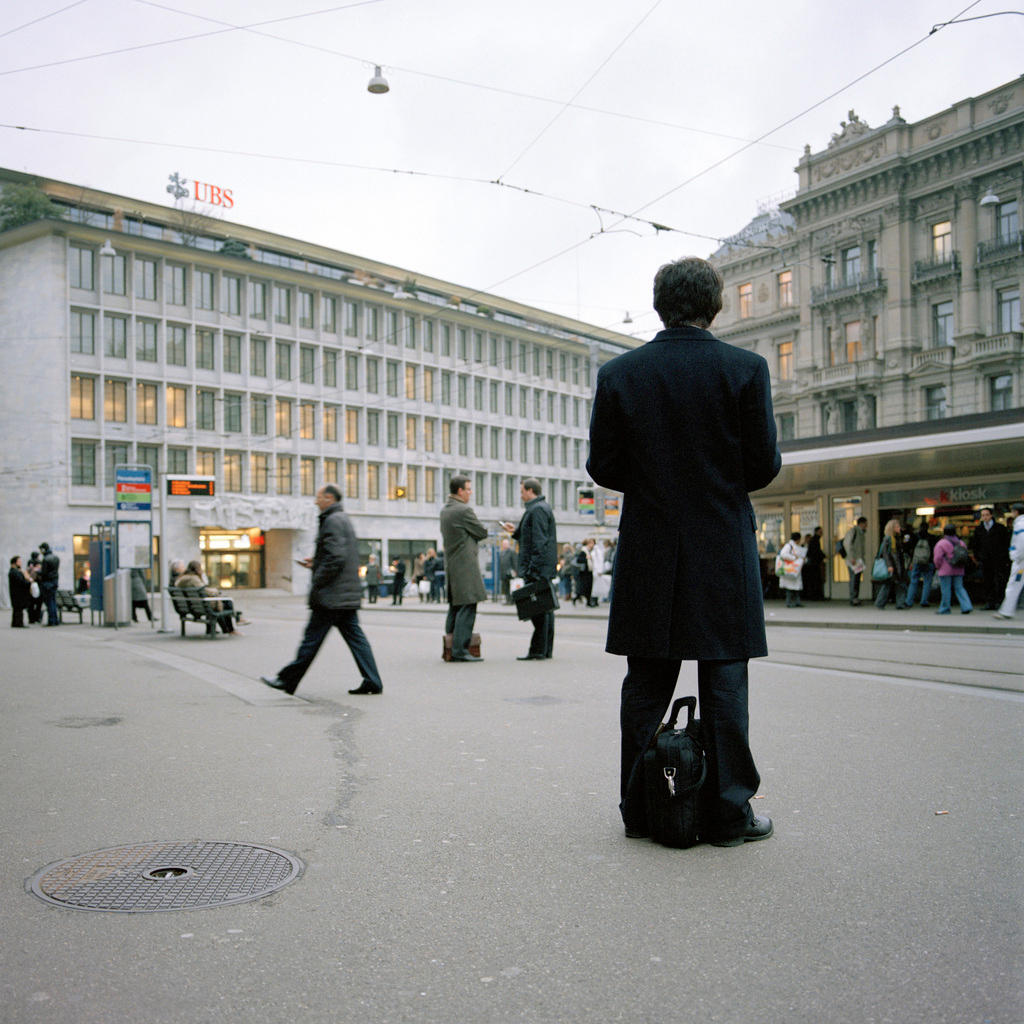


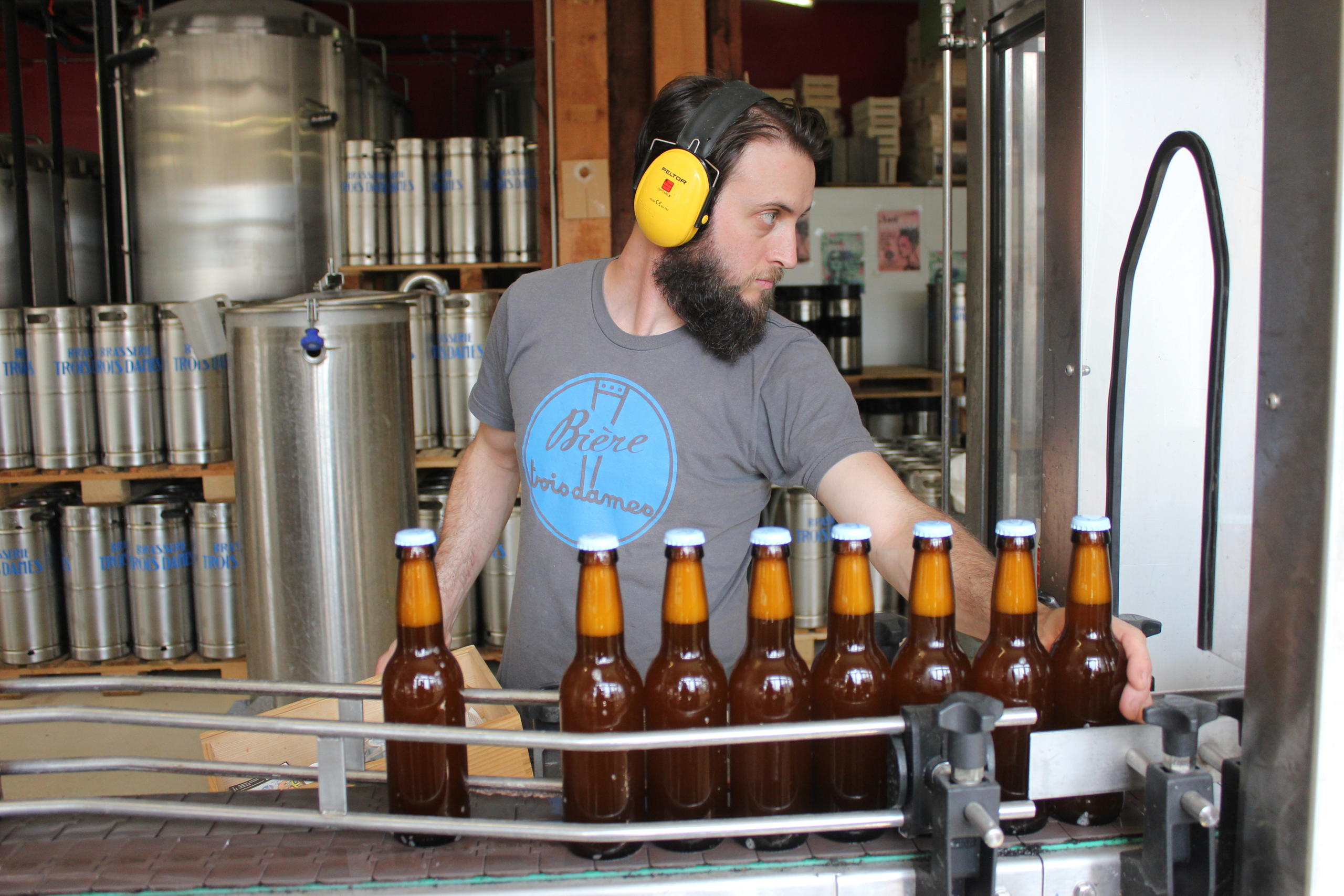

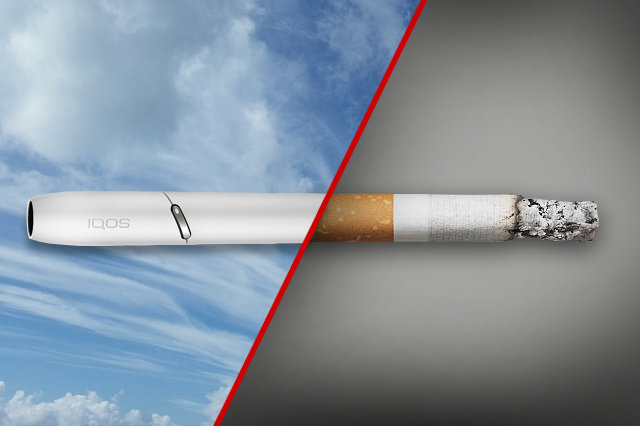
You can find an overview of ongoing debates with our journalists here . Please join us!
If you want to start a conversation about a topic raised in this article or want to report factual errors, email us at english@swissinfo.ch.